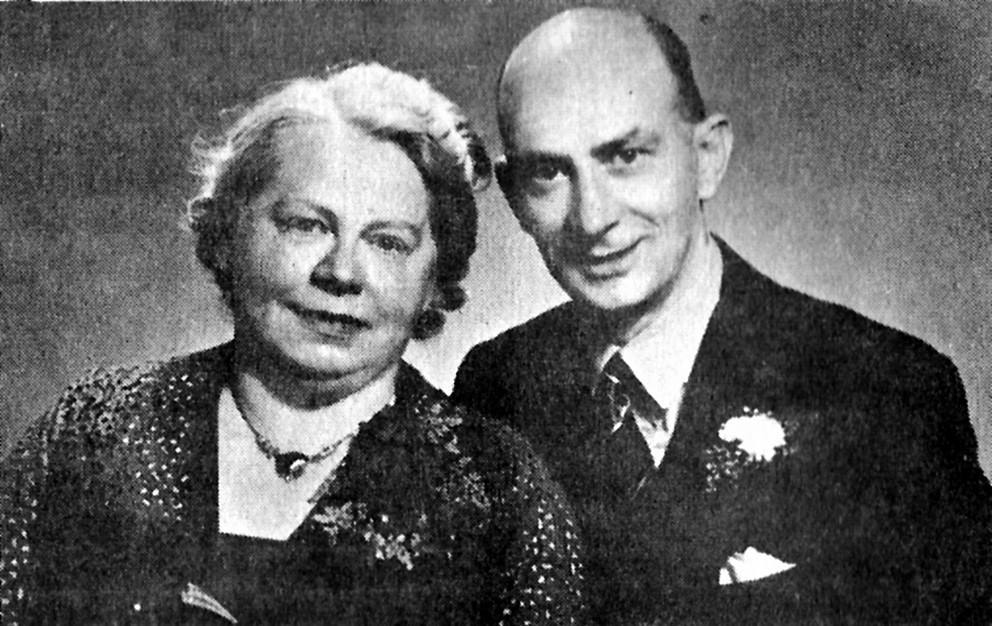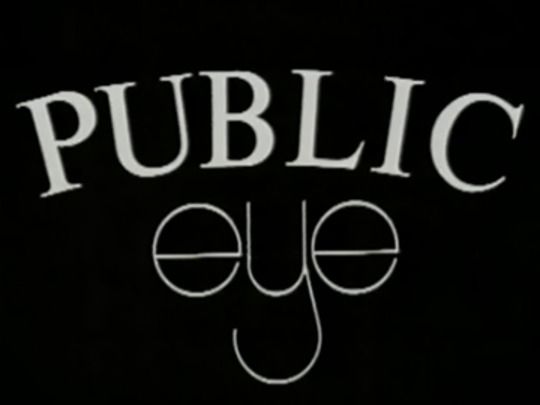From the New Zealand TV Weekly. November 7, 1966
Free-lens Cameraman AKTV2's Howard Calander—a man of inventive versatility. by Molly G. Elliott
Comparatively few freelance journalists or TV cameramen work full- time in New Zealand, but of the later, Howard Calander, of AKTV2, rates as one of the most successful.
Although he spent most of his life as a manufacturer, Howard, a spry, bald, leaf-thin 60-plus, always had a keen interest in photography even as ia boy at Rawene on the Hokianga. He recalls that he grew up in a house now used as a home for nurses at the hospital where his mother was matron.
In the 1930’s, Howard did freelance photography for Auckland’s three daily papers, the New Zealand Herald, Auckland Star and Sun. For one of his best Herald jobs, he climbed the spire of St Sepulchre’s Church, Newmarket, with his camera strap in his teeth and aimed the lens down on a painting steeplejack.
All this, however, came second to business. In a small way, he pioneered many innovations and produced New Zealand’s first dehydrated foods, macaroni, spaghetti and parts for the radio trade. Then he took on a dairy with a speciality that earned him the title of The Pie King.
During the war, when metal became scarce for a tubing factory he then owned, he made lipstick containers from paper, the first in the world. Then he acquired a wire-working plant and produced the first of a certain type of paper clip still widely used today. Paint and kerosene tin handles and small belt buckles he made with automatic machinery which he designed and built and which looked capable of sending a death ray through someone they didn’t like.
In 1960, Howard sold his wire-working factory, retired and went for a world trip. Over the years, he had spent thousands on up-to-date photographic equipment. Back in New Zealand with time on his hands, Howard decided to have a crack at TV. But AKTV2 already had its stringers. |
About this time, a seagull had taken to swiping wipers off cars at King’s Wharf. Several photographers had tried unsuccessfully to snap it. With ample time and no deadlines, Howard waited round and got excellent pictures. He tried AKTV2 again and—bingo!
He has spent a great deal on cameras, feeling justified since he. regards himself as giving a public service. Last year, with his German wife, Lotte, to whom he seldom speaks English, he went again to Europe for more cameras and also toured Germany with his wife’s nephew, Auckland dress designer, Gerhard Stecker, then visiting his family in Berlin.

Howard has now filmed all over New Zealand, depositing many interesting jobs in the bank book of remembrance. He particularly enjoyed four days at sea off the Kaipara and Hokianga Harbours photographing Japanese trawlers, standing his trick at the wheel and operating the echo sounder.
He has filmed Auckland’s 500,000th citizen—and the Lawson quins—and the first wedding at Cape Reinga Lighthouse—and a monarch butterfly colony at Tauranga Bay, Northland —and the Auckland prison riot, a job that felt like Tintin for grown-ups.
His film of the Muriwai landslide tragedy he regards as photographically unremarkable; the superb commentary made it memorable.
He has also done many assignments for Town and Around including an attractive feature of an elderly man feeding gulls at Mission Bay. This still crops up as an interlude.
On his most risky assignment at White Island, he sat astride the crumbling crater rim and also approached to within 18 inches of an active fumerole for shots. With the DSIR, he has made a schools’ cartoon of plant growth, creating a continuous ring of film with invisible mendings.
Looking back, he says that his tremendous interest in and enjoyment of life has resulted to a large degree from his success in whatever he attempted, including TV photography.
Nowadays at an aerial fashion show —or a parade of hairstyles—of a civic reception—if the man behind the camera wears a black beret and glasses on a cord, you can be pretty sure it’s Howard Calander.


Comments powered by CComment